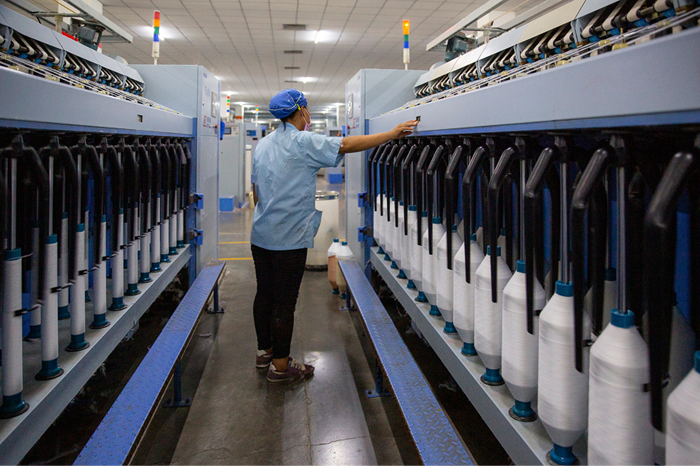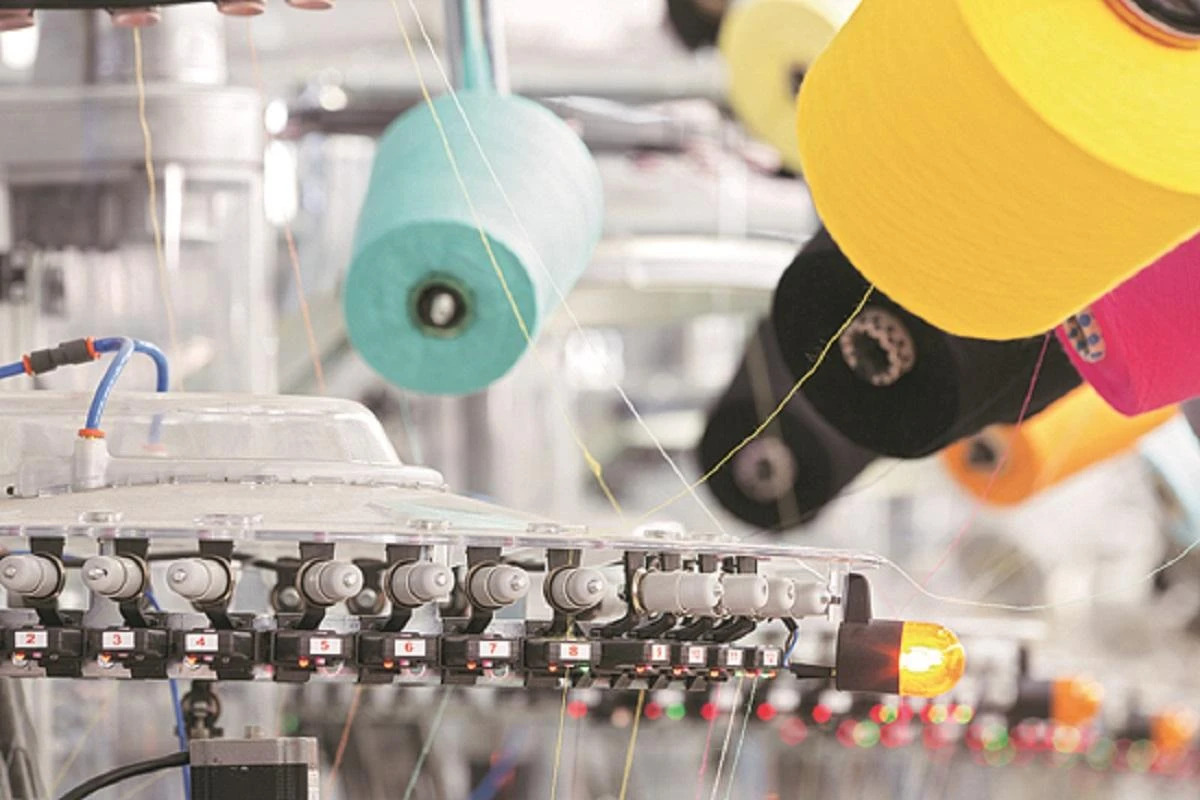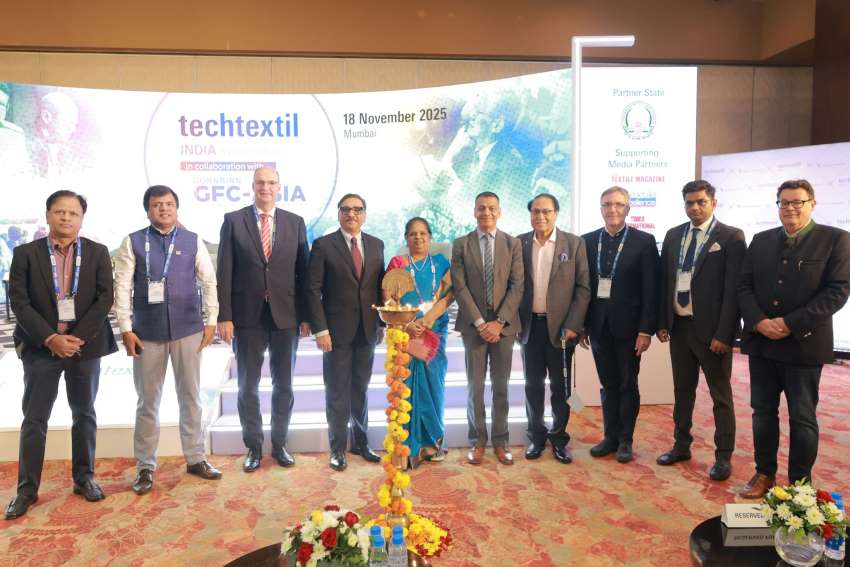A river in China has turned blue, an indigo blue, all from the pollution of making blue jeans. In Bangladesh, tannery workers with no protective clothing treat leather with noxious chemicals, before dumping the runoff into the river. Further downstream, people bathe in the same waters that are deep black, orange, purple. Children in these areas are not able to smell and skin diseases – rashes, ulcers, boils – are widespread. Pollution, often carcinogenic, enters the food chain too: boatmen bring a haul of fish to shore, which they find floating on the surface of the black water, dead.
This is a systemic problem, driven in part by consumer demand for cheap clothing in wealthier countries. The developed world embraced free trade in the 1980s and 90s, resulting in the closure of the biggest textile factories in America and Europe, previously the hubs of global production regulated by strict pollution laws. The textile and leather industries were just two of many pollution-heavy industries that shifted across the planet towards the end of the twentieth century.
In pursuit of lower priced goods, higher profit margins from cheap labor, and nonexistent regulations, factories sprang up in China, India, Bangladesh and Indonesia. Simultaneously, demand, production and pollution ballooned as the west embraced the hedonistic rush of no-strings-attached cheap clothing.
Demand for cheap clothing creates havoc to the environment
- 1
- 2
- 3
- 4
- 5
- 6
- 7
- 8
- 9
- 10
Threads of Labor and Steel: The human-machine ecosystem powering India’s textile…
India generates nearly eight million tonnes of textile waste every year, placing the country at the center of the global... Read more
Hanging by a Thread: US Tariffs cripple Indian textile exports, orders drop 70%
India’s textile and apparel industry is facing an unexpected mid-cycle rupture that is reshaping the sector’s economics far faster than... Read more
Sourcing's new compass, navigating apparel's great migration beyond Asia
The global apparel sourcing business is redefining the metrics of success beyond traditional labor costs. Led by geopolitical risks, consumer... Read more
No A-Grades for Climate: What the fossil-free fashion scorecard reveals about in…
For years, the global fashion industry has promised a cleaner, greener future but 2025’s Fossil-Free Fashion Scorecard by STAND.earth offers... Read more
Wired Threads: How India’s textile backbone is powering the smart apparel future
India’s huge textile industry, long celebrated for its command over cotton and competitive manufacturing scale, is going through a foundational... Read more
The New Core Competency: How sustainability and advanced fabrics are driving Ind…
The SportTech Pavilion at Techtextil India, hosted by Concepts N Strategies, concluded with a unanimous declaration: for India to successfully... Read more
New EU import rules set to raise prices for Shein and Temu, boosting European re…
Europe’s fashion and textile scenario is on the verge of its most consequential structural shift in over a decade. The... Read more
Global apparel trade rebalances in 2025 as Europe rises, Asia stumbles: Wazir Ad…
As the global apparel economy enters the final quarter of 2025, trade flows across major markets reveal a sector facing... Read more
Tariffs, turbulence and tenacity, India’s textile sector finds new strength
India’s textile and apparel export sector is showing a remarkable capacity to adapt and thrive in one of the most... Read more
Future Fiber Demand and the Chemical Recycling Imperative: Global industry eyes …
The global textile industry is entering a period of exponential growth and profound technological transformation, according to key figures speaking... Read more












